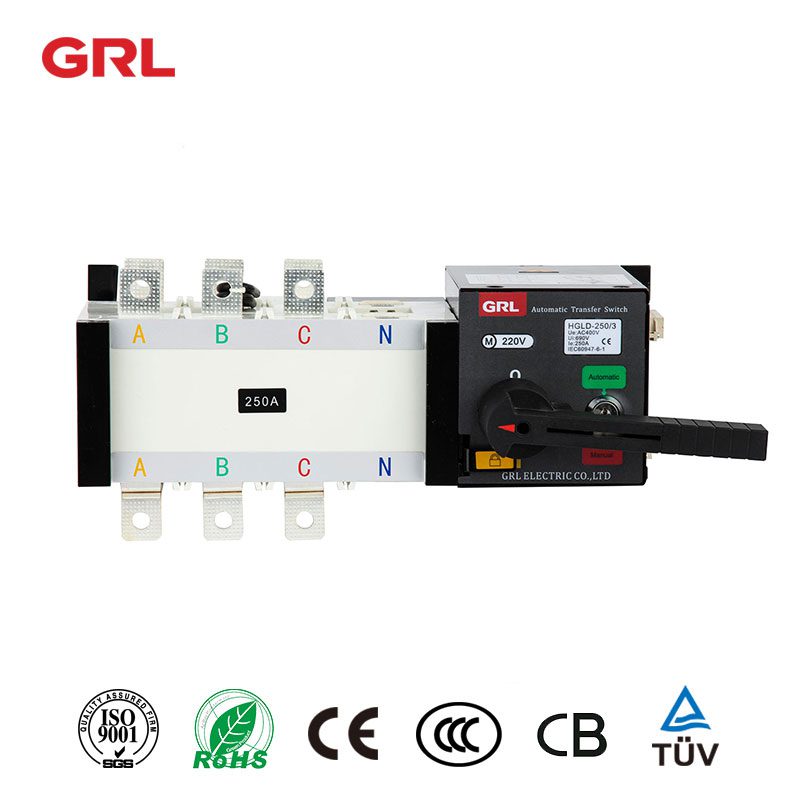
# Automatic Transfer Switch: Ensuring Uninterrupted Power Supply
## What is an Automatic Transfer Switch?
An Automatic Transfer Switch (ATS) is a critical component in power management systems that automatically transfers electrical load between two power sources. This device plays a vital role in maintaining continuous power supply to essential equipment during power outages or when the primary power source fails.
## How Does an Automatic Transfer Switch Work?
The ATS constantly monitors the primary power source (typically utility power). When it detects a power failure or significant voltage fluctuation, it automatically switches the connected load to the secondary power source (usually a generator or backup power system). Once the primary power is restored, the ATS switches back to the main source and prepares for the next potential outage.
## Key Features of Modern Transfer Switches
– Fast switching time (typically 1-10 seconds)
– Voltage and frequency monitoring
– Built-in safety mechanisms
– Remote monitoring capabilities
– Load shedding options
– Manual override functionality
## Types of Automatic Transfer Switches
### 1. Open Transition ATS
This type breaks connection with the primary source before connecting to the secondary source, creating a brief power interruption.
### 2. Closed Transition ATS
Also known as “make-before-break,” this type momentarily connects both sources during transfer to eliminate power interruption.
### 3. Soft Load Transfer Switch
Gradually transfers load to minimize mechanical stress on generators and electrical systems.
## Applications of Automatic Transfer Switches
Automatic Transfer Switches are essential in various settings:
– Hospitals and healthcare facilities
– Data centers and server rooms
– Industrial manufacturing plants
– Commercial buildings
– Telecommunication facilities
– Emergency services and public safety operations
## Benefits of Using an Automatic Transfer Switch
– Ensures continuous power supply to critical systems
– Protects sensitive equipment from power fluctuations
– Reduces downtime and associated costs
– Automates power management without human intervention
– Enhances safety by preventing backfeeding to utility lines
– Provides reliable power during natural disasters or grid failures
## Choosing the Right Transfer Switch
When selecting an ATS, consider these factors:
– Power requirements of your facility
– Number of phases (single or three-phase)
– Transfer time requirements
– Environmental conditions
– Future expansion needs
– Compliance with local electrical codes
Keyword: Transfer Switch
## Maintenance Considerations
Regular maintenance is crucial for optimal ATS performance:
– Schedule periodic testing
– Keep contacts clean and properly lubricated
– Verify proper operation of all sensors
– Check for loose connections
– Update firmware if applicable
– Maintain proper documentation of all maintenance activities
Automatic Transfer Switches have become indispensable in our power-dependent world, providing seamless transition between power sources and ensuring business continuity across various industries. By understanding their operation and benefits, facility managers can make informed decisions about implementing these critical power management solutions.
